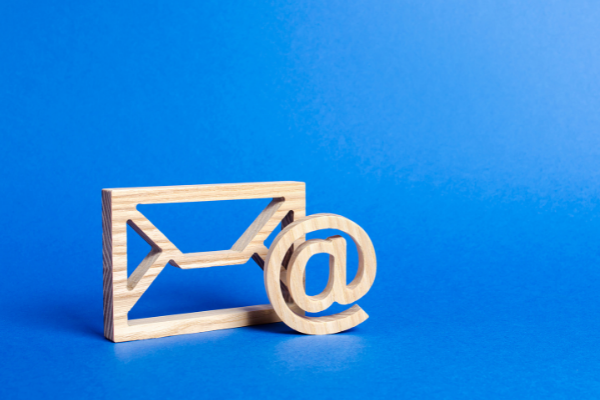Insights
INSIGHTS
All Topics
My Account
The basics of email for acquisition
23 Aug 2022by Helen Olszowska
We look at how you can get new subscribers for your email list to keep growing an engaged audience
When it comes to email subscriber lists, there’s a natural churn. People sign up to get more engaged with your charity in some way and as they receive your emails they are evaluating you – either consciously or subconsciously. Working out whether you have what they need.
For some, the answer will be yes, and they will get closer to you, benefit from your services or choose to support you in some way (or both!). Others will come to realise that you’re not quite right for them – and that’s ok, too.
However, if no new subscribers are added to your list, it will gradually reduce in size. If you’re actively managing disengaged audiences by implementing a sunsetting policy, this process will happen even faster.
The ideal situation is to have a constant flow of new subscribers, retaining those that are a great fit for what you do. The domain names or IP addresses hosting email lists with high engagement have better deliverability meaning that less emails go to spam or get blocked.
There are lots of ways you can keep growing your list as you continue to narrow it down to the people who are most engaged.
Sign up forms
Make it easy for people to sign up to your email programmes. Your sign-up forms should be easy to find on your website rather than hidden away. You can even use pop-ups boxes that appear after a user has been on your site for a certain amount of time. Pop-up forms work really well when used alongside lead magnets.
Lead magnets
Incentivise sign ups by sweetening the deal. Offer to send people something that they might need when they sign up to your list. This could be a template, a guide, a report, a cheat sheet, a resource list – anything that you think might meet your audience’s needs.
You can also capture your audience’s email addresses by creating an analysis tool or quiz that will help them in some way. The tool will ask users to share their email address and for permission to stay in touch via email so they can be sent the results of the quiz.
Sneak in a CTA
Think about the other digital channels you’re using and where you could sneak in a call to action (CTA) asking people to sign up for your newsletter. You could post about the content from your latest issue on social media or include a CTA at the end of any relevant blogs.
Social Media
Social media platforms have lots of helpful tools that could help you grow your email list in a targeted way. For example, allowing sign ups from your Twitter profile using their partnership with Revue, running lead generation ad campaigns on Facebook, adding CTA cards to your YouTube videos or promoting a free, but registration-only webinar to capture email addresses as people sign up.
Send welcome emails
Once people do share their email address and permission to be contacted (opting in to your email list), make them feel welcome! Sending a welcome email or series of emails will help to kick-start their engagement with your email programme.
Re-engaging
By keeping an eye on your audience’s engagement levels you can start those with less opens on a re-engagement programme. A re-engagement email or series of emails might remind your audience what they’ve helped you achieve, why they signed up in the first place or just mention that they haven’t engaged in a while and ask whether they would like to keep in touch or be removed from the list.
Segmentation
Using segmentation can also help keep your audience engaged. It basically means dividing your audience into subgroups and sending them slightly different emails that are more tailored to each sub-group. Most mailing software will have some pre-set segments that you can use around engagement, but you can also create your own by adding a marker to each new subscriber.
Sharing
An engaged email audience is more likely to recommend your emails to other people. Including a share or forward to a friend button in your email template is a great way to help them to do this and grow your email list for you!
Respect unsubscribes
Ultimately, email programmes act as learning exercises for subscribers. They are working out whether your charity is right for them. If the answer is no and they unsubscribe, respect that. Trying to hang onto people who don’t want to use your services or support you in some way will cost you time and money with a low likelihood of return. Make it easy to opt-out so that you can focus on the people who want to opt in.
More on this topic
Recommended Products
17 Feb 2025by Laura Stanley
Charity Digital Exchange: Grow your charity with AWS
03 Feb 2025by Laura Stanley
Marketing trends for charities in 2025
Our Events
Charity Digital Academy
Our courses aim, in just three hours, to enhance soft skills and hard skills, boost your knowledge of finance and artificial intelligence, and supercharge your digital capabilities. Check out some of the incredible options by clicking here.





















